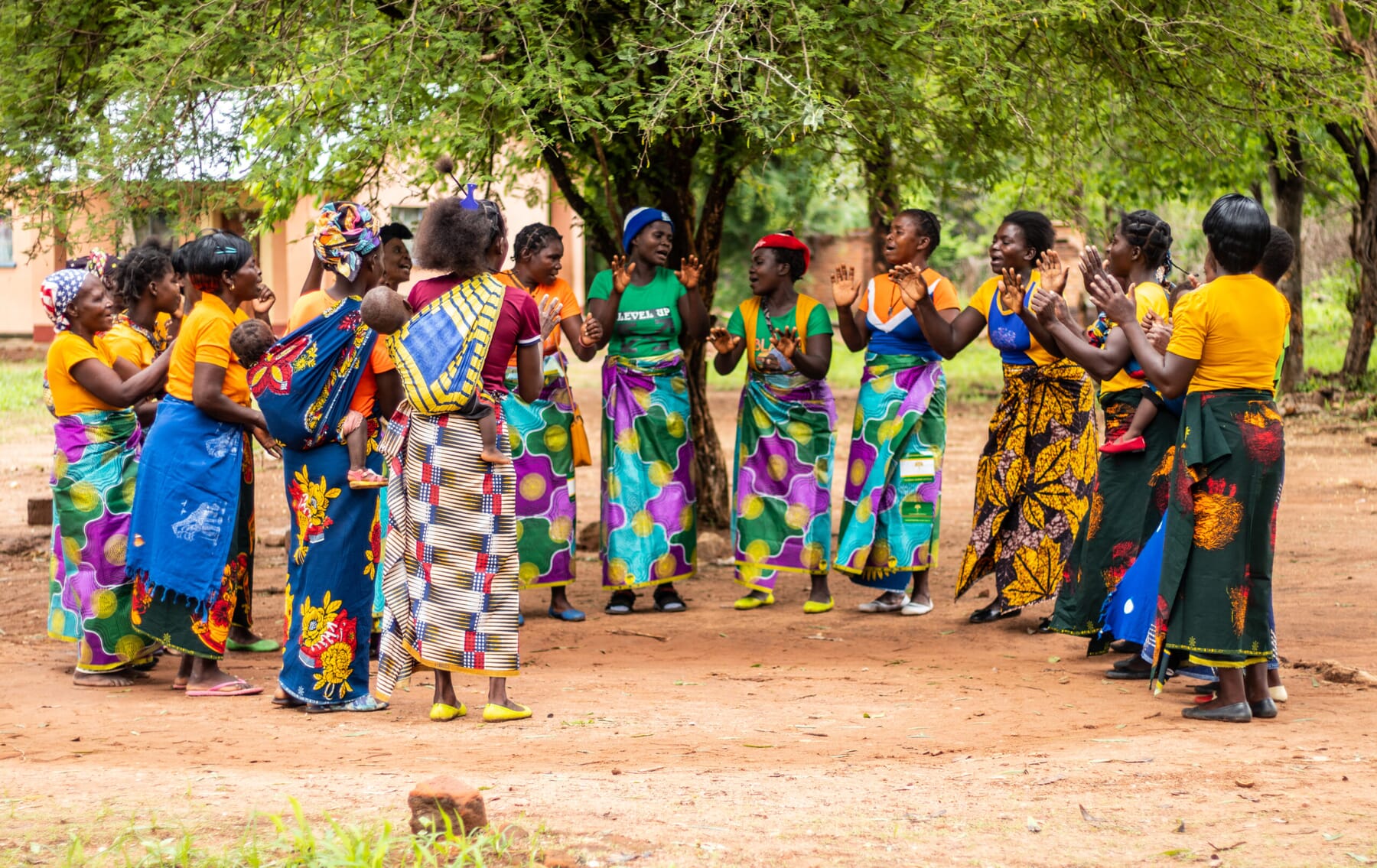At BCP, we understand that to protect Zambia’s forests and iconic wildlife, we must form trusted community partnerships. We do this by prioritizing community engagement and creating incentives to conserve forest through long term performance based habitat protection agreements. Our projects are based on REDD+ conservation methods.
Step One
Trees store carbon
Trees store carbon. When a tree is cut down that carbon is released as carbon dioxide emissions into the atmosphere, contributing to climate change.
Step Two
Protecting communities
Under FPIC (Free, Prior and Informed Consent) we work hand in hand with communities to help them protect their forests using the BCP model.
Step Three
Measuring through rigorous scientific processes
Forest carbon and potential carbon dioxide emissions from deforestation are measured through rigorous scientific processes and verified to the highest standards by independent international auditors.
Step Four
Forest Carbon Offsets
We market and sell verified emissions reductions as 'Forest Carbon Offsets' to companies and individuals looking to reduce their carbon footprint.
Step Five
Invest back into communities
Revenue from the sale of offsets is invested back into communities, creating a more prosperous future through sustainable livelihoods and enterprises, and improved access to social services such as education, healthcare and clean water.
Step Six
Protecting wildlife
Communities have an incentive to protect their forests and wildlife.











